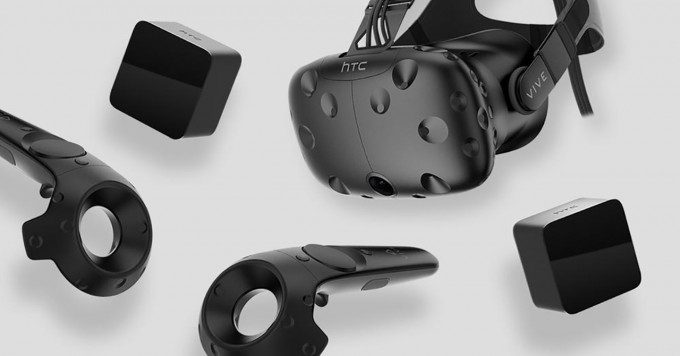Valve’s annual Steam Dev Days event is underway and news about how the company is investing in VR’s future is seeping out. One interesting development is that they’re reportedly investing in 60Ghz wireless video streaming specialists Nitero, with a view to bringing wireless VR to their virtual reality offerings.
There’s no one who could argue that the biggest drag with first generation consumer VR is the bundle of cables that goes with it. This is especially acute when attempting to become immersed in room-scale VR as championed by SteamVR’s first flagship VR system the HTC Vive.
Now, it seems that Valve are actively encouraging a solution to this issue as it’s emerged that the company is investing a “significant amount” in a company which has already demonstrated a wireless 60GHz, low latency video streaming solution that it was targeting at the VR hardware market. Nitero demonstrated a VR-centric version of their wireless video solution at this year’s CES to UploadVR and had since gone awfully quiet. Seems that, among other partners interested in the company, they’ve been deep in discussion with Valve to invest a “significant amount” in Nitero, according to the company’s Co-Founder Sven Mesecke, talking to UploadVR. According to them, early problems surrounding line-of-sight requirements for uninterrupted signal have “been solved” thanks to a “customized beam forming” approach.
There are a number of other companies racing to see who can produce wireless video streaming which can carry enough data at a low enough latency to delivery a nausea free, clear VR image too. Quark VR (from Intugame), who recently also recently announce they were working with Valve on “a wireless HTC Vive prototype”, and that “It should be ready for testing later this year.” The blog post with that announcement was dated late August, so either Valve is partnering with multiple solutions providers in a bid to reach a usable solution more quickly, or they switched their attentions exclusively to Nitero. Either one is pure speculation at this stage, for the moment at least, Quark VR has remained silent on the development.
With Oculus demonstrating their inside out tracking solution at last week’s Oculus Connect, it seems clear that the VR industry recognises the need to cut the cords, and if these developments evolve at their current rate, we could all be immersed, entirely tether-free, sooner than we all thought.



